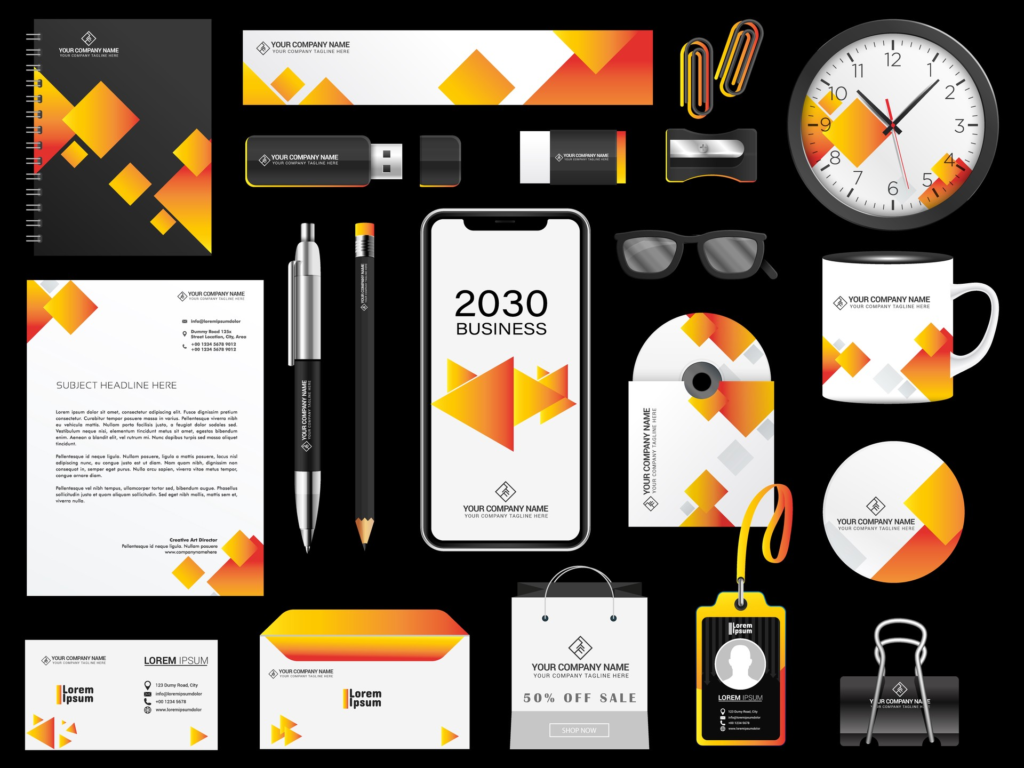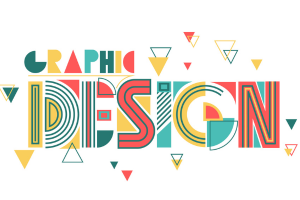In today’s highly competitive business scenario, more than standing out, your business should have a remarkable corporate identity that is no longer optional. A strong corporate identity is one of the most powerful ways of differentiating your business and developing long-lasting relationships with customers. What is corporate identity, really, and how does it elevate brands to higher levels above the noise? This article answers the what, why, and how of corporate identity, critical components, and practical steps in creating an integrated, memorable brand that resonates with your audience.

What Is Corporate Identity?
Corporate identity is made up of the specific combination of visual elements, messaging, and values that constitute the representation of a company to the outside world. In this sense, it is how your business presents itself visually and verbally, from your logo, color palette, typography, and packaging to your tone of voice, customer service style, and corporate culture.
In a nutshell, corporate identity is the personality of your brand- it is what makes your company recognizable, trustworthy, and distinct in front of customers, partners, and even employees.
Why Corporate Identity Matters
This, then, leads to the fact that corporate identity is more than surface-deep-generic skin-deep beauty. It impacts customer perceptions, shapes loyalty, and contributes to equity building within your brand over time. Reasons why every business needs to be committed to a strong corporate identity are as follows:
1. Builds Brand Recognition
A well-designed and consistent corporate identity should help your brand become immediately identifiable. Once your logo, colors, and messaging are consistent across all platforms-including your website, social media, packaging, and stores-your customers learn to associate these things with your business. Such familiarity would trust your brand and keep the business in their minds when they need a product or service you offer.
2. Creates Emotional Connection
Corporate identity has an emotional basis for associating any brand with its consumer public. It could be the assurance that a neat, professional appearance lends or the thrills of a wild, frisky color, but it suggests the customer’s feelings toward the idea. Emotional eye-opener, loyalty, advocacy, and lengthened relations are formed with that.
3. Differentiates Your Brand
Your corporate identity is what differentiates you and how it highlights your unique qualities, values, and mission. A strong identity says loud and clear what makes your brand special and why someone should buy it and not from the competitor.
4. Supports Marketing and Sales
An integrated corporate identity strengthens marketing efforts by providing a unified verbal and visual language. This consistency amplifies message delivery, enhancing brand recall and efficacy in advertising and consequently resulting in increased sales.
Key Components of Corporate Identity
For your brand to grow to its full potential, you will need to know the primary components of corporate identity and how to develop each one effectively.
1. Logo Design
A good logo should be simple and flexible while endorsing the brand values and personality. Logo usage can be that of a wordmark, symbol, or combination mark, which should all be scalable depending on the media and be recognizable when in small sizes.
2. Color Palette
Colors provoke emotions and communicate subtle messages. It is therefore important to set the right color palette with which to achieve the tone of your brand. For example, blue often denotes trust and professionalism, while red can stand for passion and urgency. A few core colors- keep in mind utility with maximum visual impact.
3. Typography
Though subtle, typography has a powerful effect on corporate identity. The font you choose should be in line with your brand personality- modern, classic, playful, or formal, and legible across all platforms. Common fonts will unify the brand imagery through headings, body text, and other promotional materials.
4. Brand Voice and Messaging
Corporate identity is not just about visuals. Your brand voice is the one aspect of corporate identity you really must keep consistent across all customer touchpoints. Friendly versus authoritative? Whichever party line you take, ensure your messaging is reflective of that personality, authentically.
5. Visual Elements and Imagery
Your corporate identity, besides logos and colours, encompasses the entire style of imagery, icons, and graphic elements used in marketing materials. Whatever your preference in terms of either photography, illustrations, or abstract patterns, adhering to one style would enhance brand recognition.
6. Packaging and Product Design
In product-oriented businesses, packaging is one of the major touchpoints relating to corporate identity. Packaging, which is beautifully articulated with the brand colors, fonts, and messaging, builds a consistent brand experience that customers value and remember.
7. Corporate Culture and Customer Experience
Corporate identity defines the internal culture of the organization and further extends to what type of interactions employees have with customers. A strong culture that is tied to brand values promises customer experiences that are authentic and reinforce your identity.
How to Build and Elevate Your Corporate Identity
True corporate identity establishment is a complex interplay of strategic planning and continuous effort, and here you are welcome to a step-by-step guide on how to elevate your brand with a strong corporate identity:
1. Define your brand’s core values and mission
Begin your process by articulating your purpose, vision, and core values. What do you stand for? What are you promising to your customers? These remain the building blocks for anything related to your corporate identity, and so must be real.
2. Research the market and competitors
Examining consumer preference and behavior concerning your offering, as well as your competitor’s identity. Awareness of the market terrain may help you identify specific gaps where your brand may differ and ensure the configuration of an identity in your favor among your ideal customers.
3. Create Your Visual Identity
Engage designers to design or redesign your logo, select a color palette, pick typefaces, and design visuals. Ensure these elements remain true to the brand values and appeal to your target audience.
4. Produce a Brand Style Guide
A substantial brand style guide detailing your corporate identity must be created. Usage procedures of the logo, color codes, typography, tone of voice, styles of imagery, and so on need to be included in it. A style guide will ensure uniformity in every department and will be shared with outside firms.
5. Apply the Corporate Identity Across All Touchpoints
Adopt the corporate identity on your website, social media, style, package, marketing collateral, signage, and uniform for employees etc. Uniformity is vital for establishing brand recognition.
6. Train Your Team
Educate Team members on the Corporate Identity and Brand value. Train the teams who interact with customers to communicate through the brand voice and give experiences through the Corporate Identity.
7. Monitor and Evolve Your Identity
Regularly assess the performance of the Corporate Identity and its resonance with the customers. Gather feedback and remain flexible- brands do change with time, and by consciously refreshing your trusted Corporate Identity, you remain relevant.
Corporate Identity Success Stories
Some of the big-name brands in the world today owe much of their strength to a strong corporate identity:
Apple is a name that has come to symbolize clean lines and minimalist design with an innovative spirit that cuts across the entire interface from the logo to product packaging and retail stores.
Nike, with a daring logo and motivational messages that empower athletic performance and personal achievement.
Coca-Cola targets a universal emotional appeal by marrying time-honored red-and-white colors with an ageless font that resonates with friendliness and nostalgia.
These companies illustrate that a well-articulated corporate identity is powerful enough to elevate a brand to a household name in the world.
Conclusion
In today’s world, laden with choices, a strong corporate identity becomes the secret weapon for setting oneself apart, establishing trust, and nurturing customer loyalty. With a carefully nurtured visual identity, narrative, and culture doled out in equal measures-your brand can take on a charming story to be cherished for a lifetime.
Investment in corporate identity is not just a cost-expense for marketing but a fast-track decision towards your company attaining success in the future. Set up that corporate journey with cloth or surfacing on the corporate road to do the switching of a brand; let others hear as you grow above the noise.






